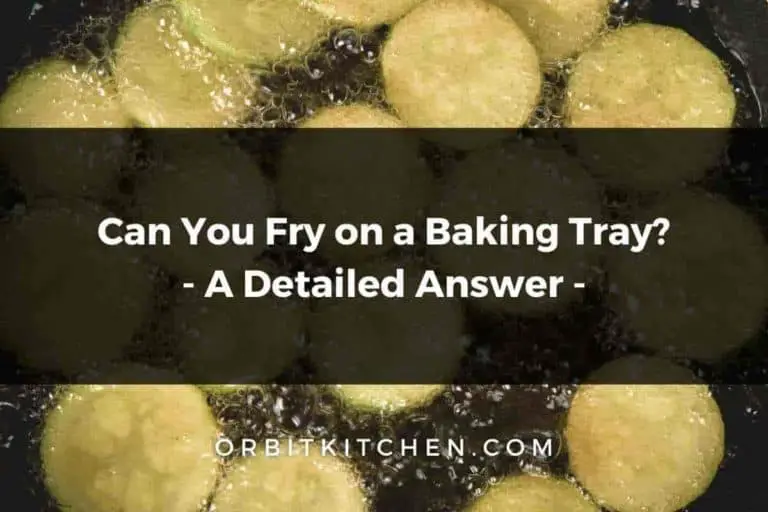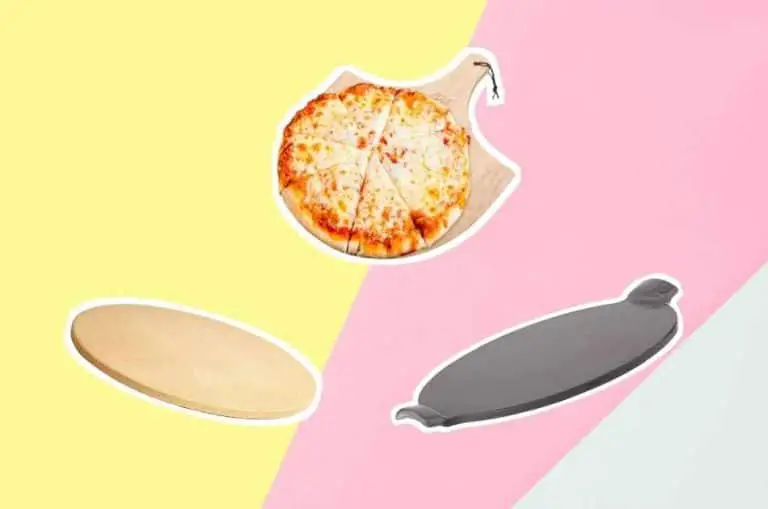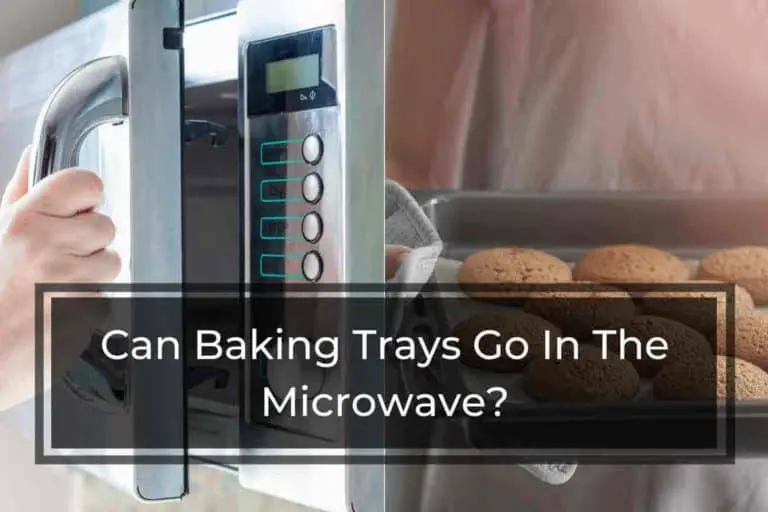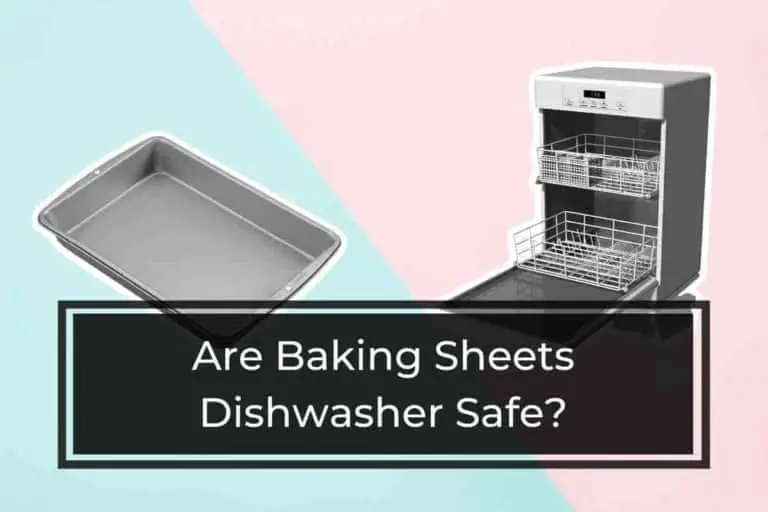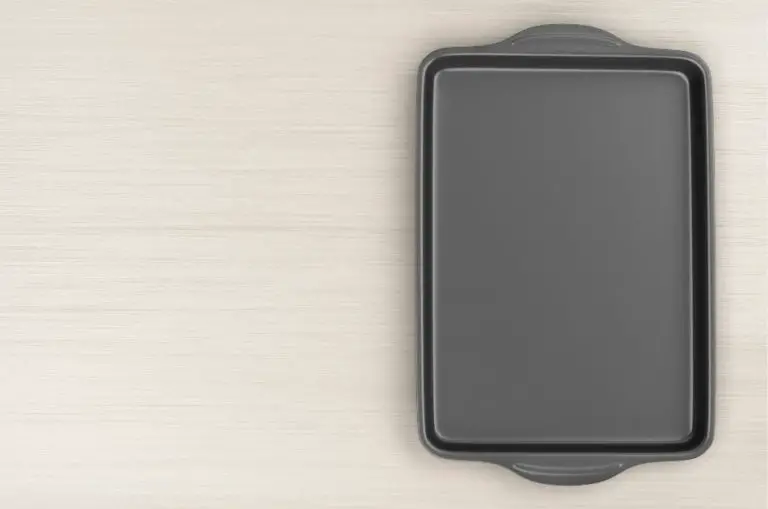Can You Put Glass Containers in the Oven?
Glass containers are the most popular storage solutions for storing food products, medicines, and other valuables due to their transparency and high quality. However, whether you’re looking for a food storage container for the fridge or a baking dish for the oven, you need glass containers that can handle the job.
Can you put glass containers in the oven?
You can use the glass container in the oven if they are labeled as oven-safe. If it’s made from Pyrex (a brand name), you can put these glass containers in ovens for baking and reheating the food.
If you have a regular glass dish, like a plate or bowl or other container made from glass (like mason jars), you shouldn’t put that in an oven. If you do, the glass may shatter or break because of the extreme temperature change or pressure on the glass. However, if you have a tempered-glass dish designed for use in an oven (such as pyrex brand baking dishes), those are generally safe to use in an oven and will not shatter.
In this guide, we’ll cover the topic can you put glass containers in the oven, temperature limitations, and care tips.
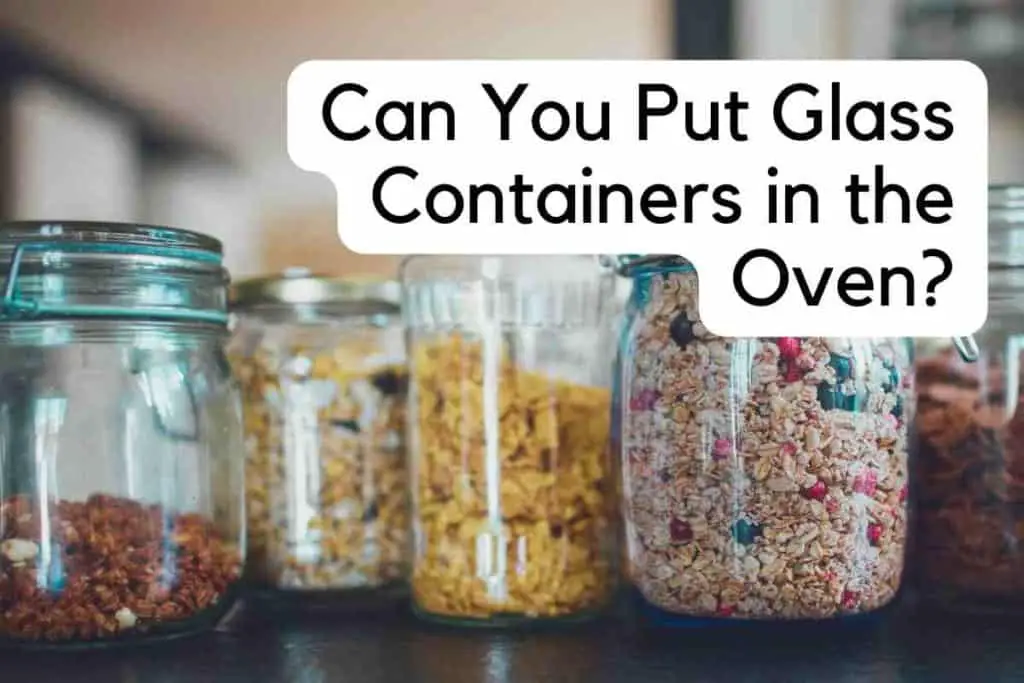
If you are interested in buying the best bakeware products and accessories for the kitchen, be sure to visit my Recommended Products Page (click to see my page), Which includes all of my top picks by category.
Are Glass Containers Oven Safe?
You can use glass containers in your oven, but only if the container is oven-safe. Oven-safe glass containers are those that have a low heat expansion rate. This means they will not break or crack when exposed to high temperatures. Low heat expansion rates allow glassware to be placed directly into ovens without the risk of them breaking and shattering.
Glass containers are great for storing leftovers, but you don’t want to take them directly from the fridge to the oven or microwave. Doing so could cause the glass to shatter suddenly and unexpectedly. You shouldn’t use glass cookware on the stovetop, as it can crack or break with sudden temperature changes.
But tempered glass is safe for most uses in the oven. Tempered glass is more robust than “ordinary” annealed glass and less likely to break under heat stress. It’s often used for shower doors and car windows, but it can also be found in some kitchenware. If your glass storage containers are tempered glass, you can safely use them in the oven within their stated temperature limits.
Various bakeware brands are made using tempered glass, which pre-stressed glass can withstand high temperatures without breaking or cracking.

You can check out the current price on Amazon here.
How Can I Tell If a Glass Container Is Oven-Safe?
The best way to tell if your Pyrex glass container is oven safe is to make sure it has the “cup and plate” symbol on the bottom. This symbol signifies that the container can withstand heat to a certain degree. Some containers also have it written directly on them that they are oven-safe, in which case you should be good to go. If you can’t find either of these, try looking at the brand’s website or manual – they’ll usually have instructions or guidelines there.

You can check out the current price on Amazon here.
What Is the Maximum Temperature Limit for Glass Containers?
You can! The maximum temperature for a glass container depends on the material used in its construction. Soda-lime glass, the most common type used in containers, has a maximum temperature limit of 446°F. As seen less often, Borosilicate glass has a maximum temperature limit of 527°F. A glass container will usually have clear instructions on its label as to whether or not it can be used in an oven and at what temperature.
But if you’re using a Pyrex bowl in the oven that’s not marked oven-safe, find out what the manufacturer recommends. Some Pyrex products can go into the oven at temperatures up to 425 degrees F, while others can go into the oven at 450 degrees F.
Which Type of Glass Container Is Oven Safe?
It’s typically only the tempered glass that can handle the heat. So, when you’re baking, cover your pan (or whatever is being baked) with a sheet of tempered glass.
The most common type of glass containers include:
- Tempered glass: Tempered glass is made by heating up and then rapidly cooling down regular old window pane glass; this process gives it its strength.
- Borosilicate glass: Borosilicate is another form used in laboratory equipment because it can withstand high temperatures without warping too much (though it will shatter when dropped).
- Soda-lime glass: Soda-lime contains sodium carbonate and calcium oxide, along with silica dioxide – these materials contribute to its durability and impact resistance properties.
Can Glass Container Break in Oven?
Yes, a glass container can and do break in the oven, and there are several reasons why glass can break in an oven. It may be too hot for the glass to withstand, and it will shatter into many pieces. The difference in temperature between the inside and outside of the container can cause it to crack or shatter. A third reason could be if something else inside was causing pressure on one side of the container.

You can check out the current price on Amazon here.
Care Tips for Using Glass Container in the Oven
Here are some tips for using glass containers in an oven:
- Always preheat the oven before you put your glass container in it. Otherwise, the sudden temperature change may cause the piece to break or crack. If this happens, you’ll ruin your food and have to clean up broken pieces of glass.
- Do not put any glass container in the microwave oven, as the sudden temperature change could cause it to shatter.
- When you’re done cooking and are ready to take out your glass container from the oven, don’t place it immediately into cold water or a freezer—doing so can also make it crack or break. Once thoroughly cooled, you can put it in cold water or a freezer if desired.
- Don’t place any hot glass on an open flame because doing so can damage it beyond repair and could be dangerous for anyone nearby (you may end up with more than just a broken dish when trying this).
Conclusion
You can also put the oven-safe glass containers in an oven and make sure that they are heated evenly and not too much or too little. Several factors will determine this, including the type of glass, the amount of heat applied, and the size of the container.
In fact, the glass is very heat resistant; it can become brittle when exposed to temperatures above 600°F. Because of this, manufacturers recommend that if you put your glass containers in the oven, the temperature should not exceed 400°F.
If you are interested in the best kitchen products and accessories, be sure to visit my Recommended Products Page (click to see my page), Which includes all of my top picks by category.

